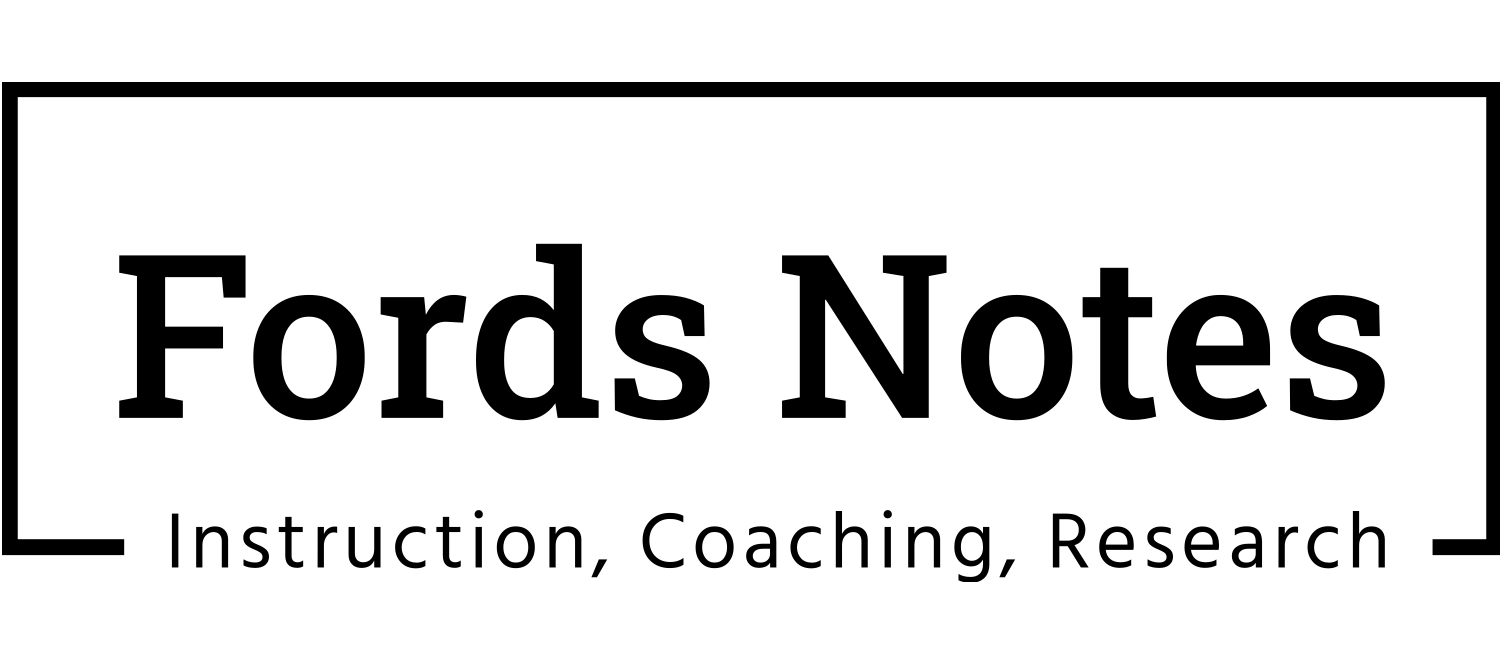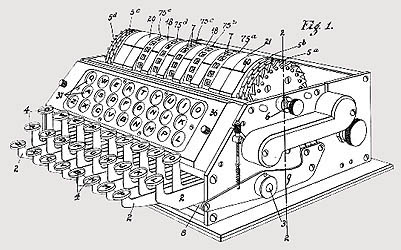Although the exam objectives do not cover the history of cartography, it is important to know that cryptography existed before computers.Some early computers were developed to perform cryptanalysis functions.
In 1917, American Edward Hebern created the first cryptography rotor machine by combining electrical circuitry with mechanical typewriter parts to scramble messages automatically. Users could type a plaintext message into a standard typewriter keyboard. The machine would output ciphertext using a substitution cipher, replacing each letter with a randomized new letter to output ciphertext. The ciphertext could then be decoded by manually reversing the circuit rotor and then typing the ciphertext back into the Hebern Rotor Machine, producing the original plaintext message. Rotor machines like these helped develop technologies that led to modern computers.
Encryption in modern times is achieved by using programs to encode ciphers that use keys to encrypt and decrypt data.
A transposition cipher is a method of encryption that scrambles the order of characters in a message without changing the characters themselves. It works by rearranging the positions of the plaintext according to a specific system.
Given the plaintext message: “You will pass the CompTIA Security+ exam!” a transposition cipher using a single character key and processing the plaintext in blocks of 5 characters yields: “Youwi llpas stheC ompTI ASecu ritye xam”.
Using the same plaintext message, a 2-character key and blocks of 5 yields: “Yuila shCmT Aeuiy xmowl psteo pIScr tea”.
A substitution cipher is a method of encryption where each letter (or other unit) in the plaintext is replaced with a different letter (or other unit) according to a defined rule, typically based on a key. The message is decrypted by reversing this substitution process.
A Caesar cipher is a simple encryption technique where each letter in a message is shifted a fixed number of positions down the alphabet.
For example, given the message: “You will pass the CompTIA Security+ exam!” and a substitution cipher that shifts characters to the right two places yields: “aqw yknn rcuu vjg EqorVKC UgewtkvA+ gzco!” .
A cipher that uses holes in the pages of a book is a form of steganography (information hiding) called a grille cipher. It involves writing a message on a sheet of paper, then using a pierced sheet (the “grille”) to reveal specific letters or symbols through the holes, forming the hidden message.
To experiment with different ciphers, visit the site https://www.cryptool.org/en/cto/.
To learn more about the history of cryptography, visit the Crypto Museum at http://www.cryptomuseum.com/index.htm.

